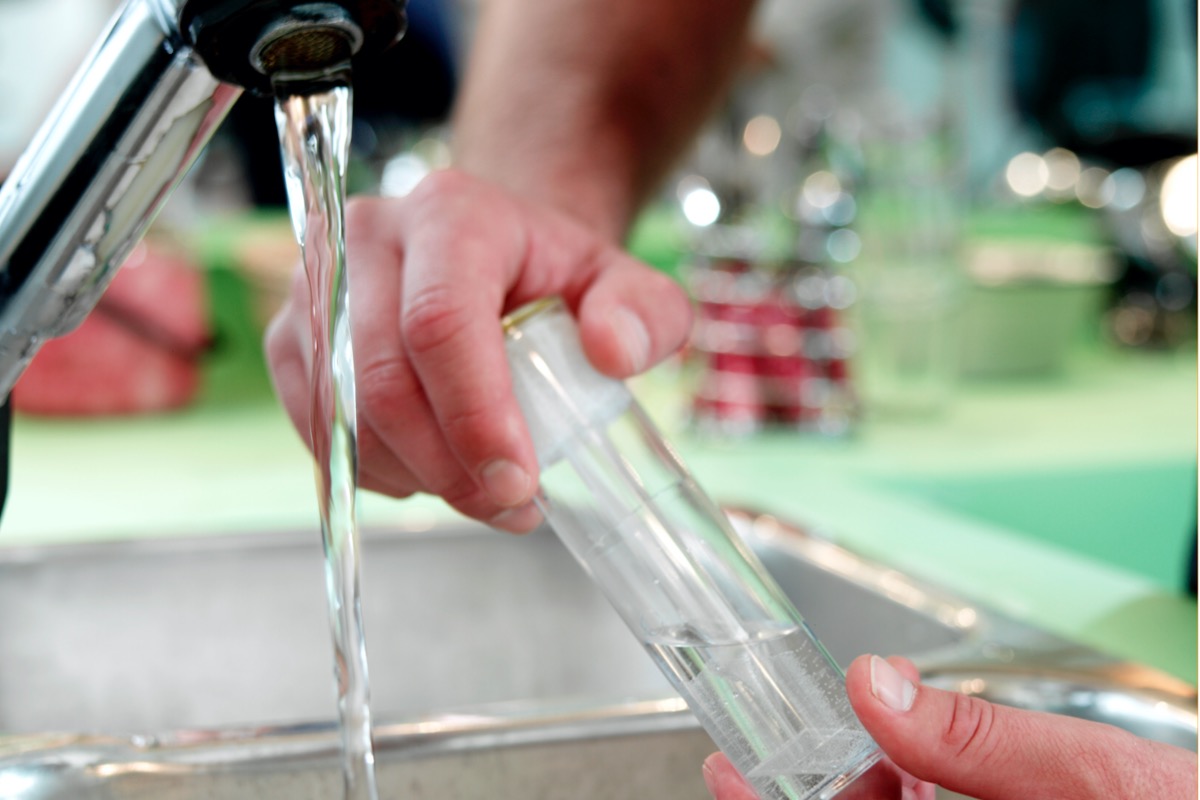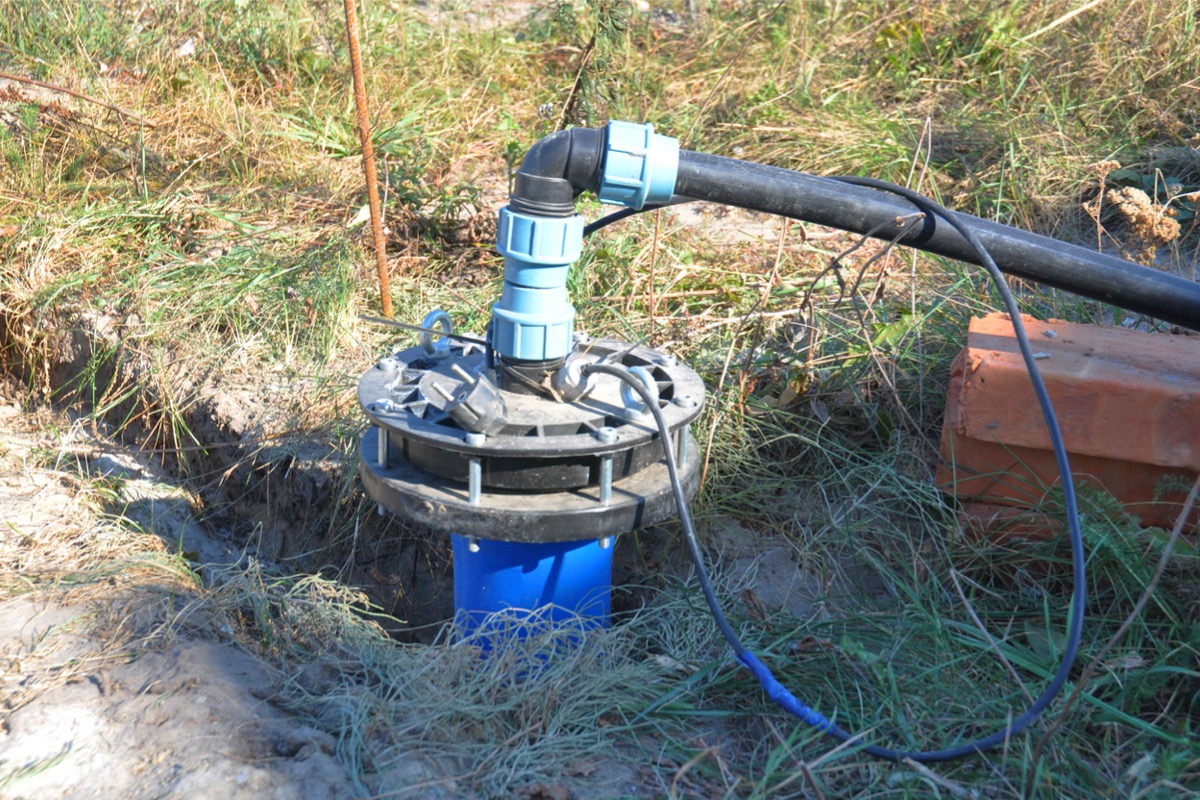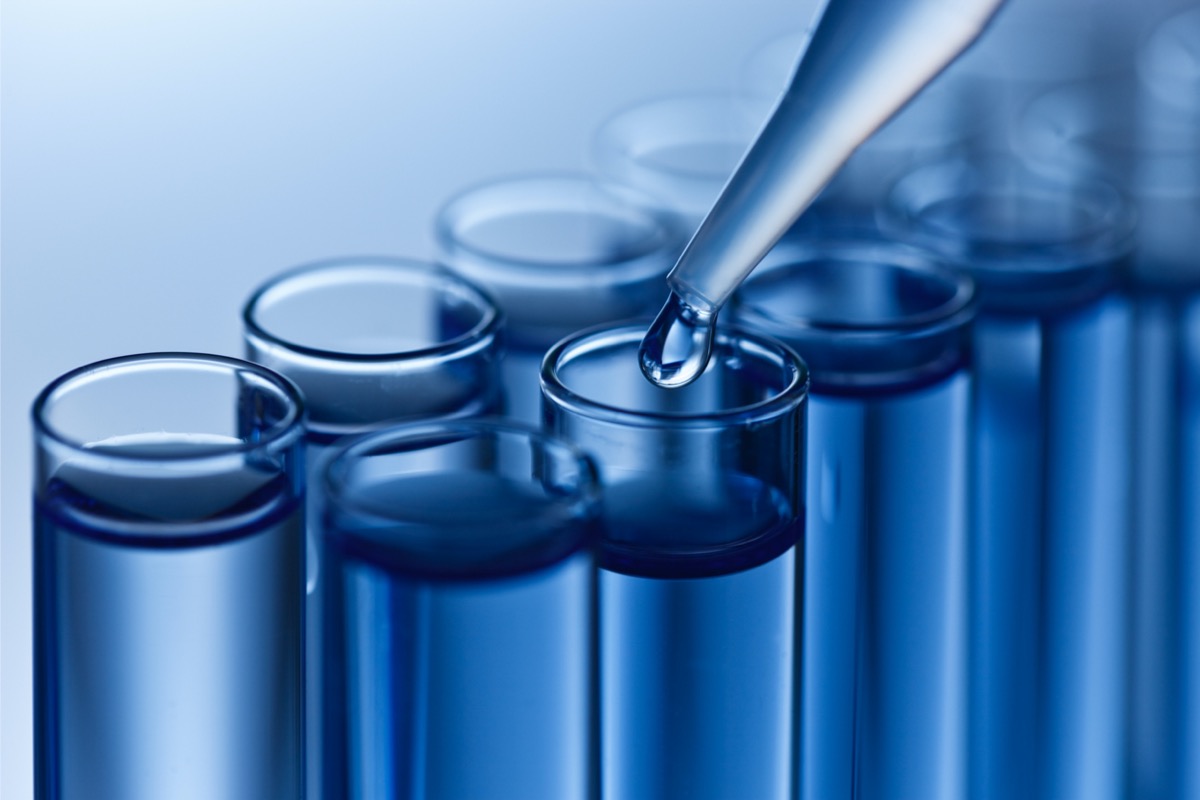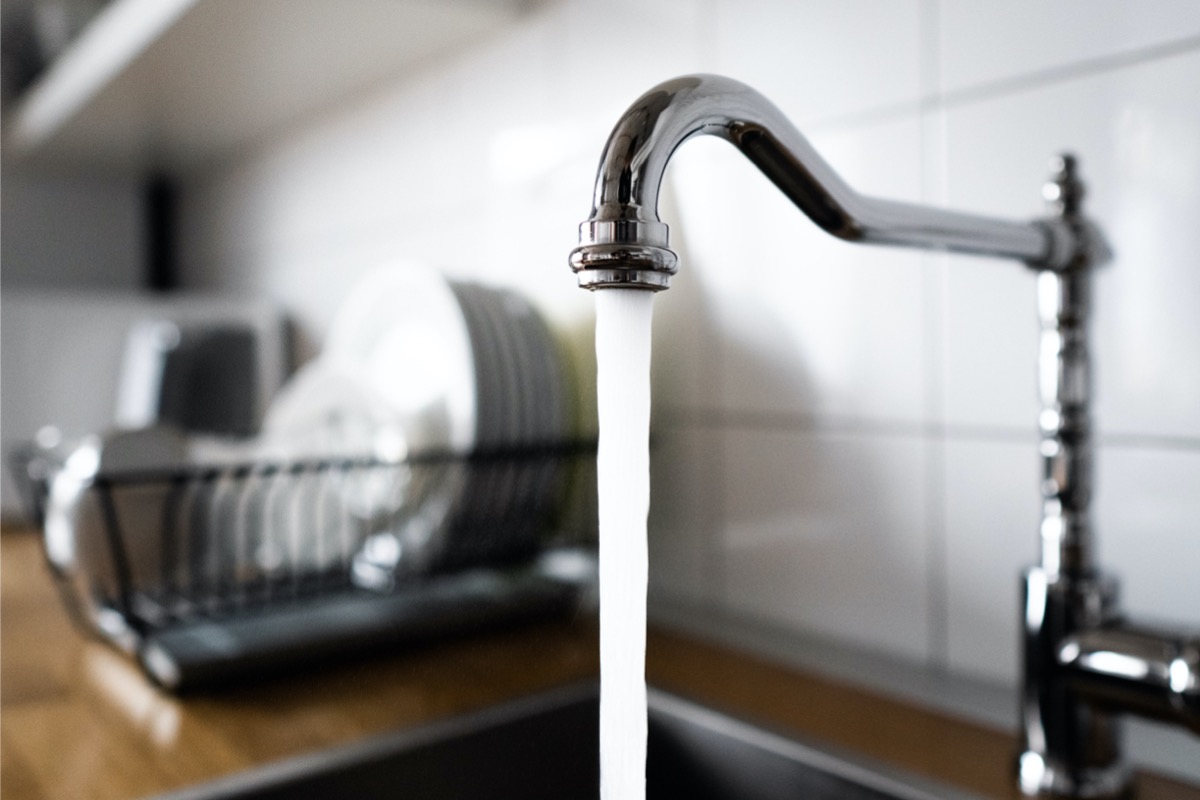

We may earn revenue from the products available on this page and participate in affiliate programs. Learn More ›
Public water systems provide clean, drinkable water to many people across the United States with regulations put in place by the Environmental Protection Agency (EPA) to ensure that the water is regularly tested and treated to ensure that it remains safe for consumption. However, not all homes have access to a public water system. Instead, they get clean drinking water from a private well on the property.
Given that a private well isn’t connected to the public water system, the responsibility to test and treat the water falls to the owner of the well. To make sure that the water from the well is safe for human consumption, it’s important to have the well water tested at least once a year. In order to keep your drinking water clean of contaminants, take some time to learn more about well testing and what it means for your home’s water so that you can test regularly and take action to treat the water if necessary.
Private wells should be regularly tested for contaminants.
Well testing is a process that measures the presence and amount of certain contaminants in the drinking water of a privately owned well. The test is typically coordinated by the well owner, who collects a sample from the main drinking water source in the home (typically the kitchen faucet) and sends the sample to a licensed laboratory to have the contents examined. This is a preventative step to help identify any contaminants that could harm you, like E. coli, or other bacteria.
RELATED: The Best Water Test Kits, Reviewed

Well testing identifies whether there are risks to your health.
One of the drawbacks of a private well is that it is not maintained by the local government, so in order to ensure that you are drinking clean water, the well needs to be tested. The purpose of well testing is to look for any possible contaminants in your drinking water that could negatively impact your health. Common contaminants include fecal coliforms, nitrates, volatile organic compounds (VOCs), lead, and other germs or chemical compounds that could pose a risk.
Licensed labs provide accurate results.
There are many different compounds that can contaminate a private well, so state and local health or environmental departments will typically test a broad spectrum of possible contaminants including nitrates, total coliforms, fecal coliform, VOCs, and the pH level. However, to ensure that the results are accurate, it’s important to only send well water test samples to a licensed or state-certified laboratory. You can find a licensed lab by contacting your local health department, checking with the EPA Safe Drinking Water Hotline at (800)426-4791, or visiting the EPA’s website where a list of local laboratories can be found.

Collect samples from the main drinking water faucet.
When you make the decision to do well testing, you can contact a state-certified laboratory to get a sample kit. The lab will typically include directions for how to take a proper sample, how to seal the sample, and how to send it safely to the lab so that the water can be analyzed. You will get the most accurate results about your drinking water if you collect the sample from the main drinking water faucet. This is usually the faucet in the kitchen sink, but some families may prefer to get their drinking water and ice from a built-in waterline in the refrigerator. Consider which situation is most true for your home and collect the sample from the primary drinking water faucet.
RELATED: 5 Things to Know When Buying a House with Well Water

Well water should be tested at least once per year.
Testing the water in a private well doesn’t clean contaminants from the water or even prevent the water from becoming contaminated in the future. Testing is merely a way to identify any problems with the drinking water—at a particular moment in time—so that the owner of the well can take action. This means that the only way to know for certain that the drinking water is safe is to have it regularly tested. It’s recommended to test a private well about once per year, however, if there is any flooding in the area that could cause the well to fill with contaminated surface water, then you need to test and take action immediately. Additionally, if you replace or repair any parts of the well system or if you notice any changes in taste, color, or odor, then it’s a good idea to have the well water tested just to make sure that there isn’t anything harmful in the water.
Consult the lab to accurately decipher the results.
Lab results of private well water tests can be difficult to interpret if you don’t know what you are looking at or if the report is unclear. While you can spend a significant amount of time researching the individual readings, the levels, and what they mean to your home water source, the best course of action is to contact the lab and have someone explain the results to you. Many labs will include this service in the price of the test, but if your lab doesn’t offer this service, then you can also contact your local health or environmental department for help understanding the test. These are knowledgeable sources that can be relied on for accurate information so that you don’t risk potentially interpreting the results incorrectly.
RELATED: The Best Well Water Filtration Systems for a Cleaner Supply
Contaminated wells need to be treated.
If the results of the well testing indicate that the water has been contaminated, then the very first thing to do is to stop drinking and using the water. Immediately contact your public health department. They will typically ask for a second test in order to confirm the presence of a contaminant, and then they will be able to provide you with information about how to treat the well.
Some contaminants can be handled relatively easily by disinfecting the well water, but other contaminants may require larger-scale on-site treatments by water treatment professionals. In severe cases of contamination, you may need to find a new source of water for the home or have a new well drilled.
